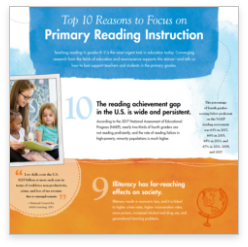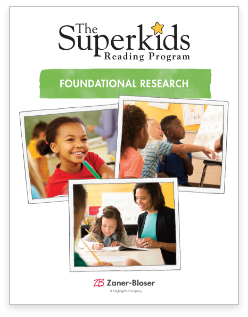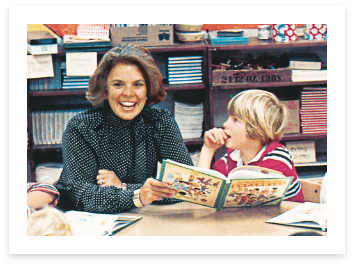Focus on Primary Reading Instruction
Teaching reading in grades K–2 is the most urgent task in education today, and the science of reading provides the road map. With converging research from the fields of education and neuroscience, we’ve collected the top 10 reasons to focus on primary reading instruction in this compelling infographic.
The Superkids Reading Program Research Base
To prevent students from ever falling behind and greatly reduce the need for intervention, The Superkids Reading Program provides an effective primary-grades curriculum for teaching reading and writing. Getting it right the first time with evidence-based instruction is critical.
To learn how the program teaches foundational skills, reading, writing, language skills, and speaking and listening in research- and evidence-based ways, read the Superkids research base.
The Science of Reading
If the evidence about reading instruction is readily available, why aren’t all of our students learning to read? Putting evidence into practice—and doing so in K–2—is the key.
Read our series of white papers to understand the issues, read the scientific research, and learn about solutions.

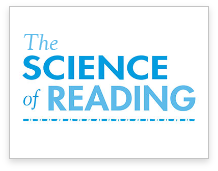
The Science of Reading
With evidence-based instruction, nearly everyone can learn to read. We must rely on the vast body of research—the science of reading—to determine what to teach and how.
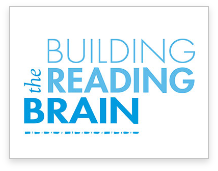
Building the Reading Brain
As studies from the fields of neuroscience and neuropsychology have accelerated, significant evidence has mounted underscoring the importance of reading basics for all students.
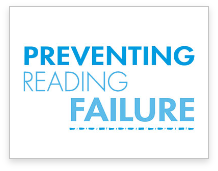
Preventing Reading Failure
What steps can education leaders take to get ahead of reading failure?
The answer lies in prevention.
How does The Superkids Reading Program reflect the science of reading?
Superkids and the Science of Reading
The must be developed through successful instructional experiences. Read about how The Superkids Reading Program instruction reflects the science of reading.
Superkids belongs in any discussion about how to ensure students receive instruction based in the science of reading. See which essential reading skills are taught in Superkids—using two key models of reading development, the and , as a framework.
The History of a Reading Program Created for Teachers by a Teacher
As a young teacher, Pleasant Rowland stood before a classroom of eager second graders and realized something: The materials she was given to teach reading weren’t working. For the sake of her students, she decided to do something about it.
Read More
Ms. Rowland embarked on a research journey. She wanted to learn what the most respected reading and educational researchers of the day said about teaching reading. She studied Jean Chall, Romalda Spalding, Orton-Gillingham, and others. In 1978, Ms. Rowland published what she learned from research and her own classroom experiences in the Superkids program.
Fast-forward about 40 years. Research into the cognitive processes underlying reading has advanced dramatically. Today, we can actually watch what happens inside the brain as children learn to read. As a result, we know with more certainty than ever what constitutes effective reading instruction. Interestingly, much of what we know now about learning to read was suggested by researchers 40 years ago.
The findings of the National Reading Panel in 2000 and other current research verified the principles and practices of the beginning reading program that resulted from Ms. Rowland’s teaching and study in the 1970s. As a result, she was convinced the time was right to reintroduce The Superkids Reading Program. The nonprofit Rowland Reading Foundation was formed in 2003 to improve reading instruction and reintroduce Superkids. Since that time, the program has been continually improved with feedback from teachers and evidence-based research. Zaner-Bloser has published Superkids since 2015.
